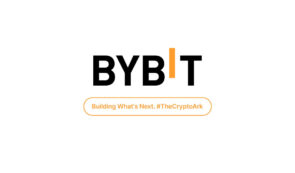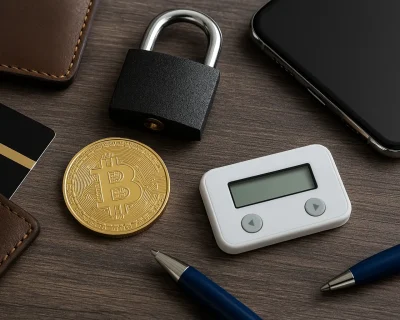Breaking Down Digital Wallets: How They Simplify Your Finances?
With their built-in simplicity and security, digital wallets are one of the best ways to speed your way through checkouts while keeping your personal information intact. They are designed to be safer than plastic cards, although they do come with security concerns of their own.
While they did raise a few security issues in the beginning, many of them have already been successfully resolved – here’s how the continuous improvements made in the digital wallet realm have resulted in a solution that’s used by nearly half of Americans.
Digital Wallets 101
Digital wallets are also called mobile wallets and all of them work on the same principle – you get to pay for a product/service by using an app instead of paying with a card or cash. These innovations are easy to use, and all you have to do is download the app, load all the necessary information, link a bank account or credit card, and start swiping left and right.
Digital wallets work by transmitting your card information to the payment terminal, so you don’t have to insert your credit/debit card in the card reader. Getting to use them on smartphones and smartwatches is one of the best things about these solutions since it truly allows you to complete a payment no matter where you are.
PayPal, Apple Pay, Samsung Pay, and Google Pay might be the most popular digital wallets around, but they are not the only options you have. Those who keep their anonymity on a pedestal by using digital currencies might be more interested in the very best anonymous crypto wallets, as they are specifically designed to manage cryptocurrencies like Bitcoin and Ethereum.
Digital wallets and crypto wallets are very similar, with the main difference being in their purpose – the former is used to store payment card details, while the latter stores cryptographic keys that give access to blockchain networks. This gives an average American sufficient flexibility in choosing a wallet that perfectly fits their needs and preferences.
Are digital wallets safe?
Digital wallets were made with the security of the user in mind, so they are one of the safest solutions to use when completing a transaction. Attesting to this is statistical data that shows that 53% of Americans used digital wallets more frequently than other traditional payment methods in 2023.
Their biggest benefit is multi-layer protection for every transaction a user makes – starting with tokenization. This technology encodes your personal information–like credit and debit card numbers—so they aren’t visible to the merchant. You don’t have to worry about any hacking attacks on the retailer’s site as, even if they do happen, you won’t be affected.
Next comes the use of biometric data, as many wallets request that you confirm a transaction through fingerprint or facial recognition technology. This additional step confirms that you are really the one behind the transaction, so your finances remain safe even if your phone gets stolen.
Finally, many of these digital wallets allow you to set up multi-factor authentication, which is probably the best thing you can do regarding your online safety. Multi-factor authentication is an additional step that, once enabled, sends a code to your phone via text or an authentication app. For the transaction to be authorized, you’ll have to input the code you’ve been sent which might be annoying, but those 5 extra seconds you’ll spend on the process will protect your account in case something happens to it.
The pros of digital wallets…
Besides the fact that you always have your wallet with you even if you leave the physical one at home, digital wallets come with quite a few perks. These include:
- The possibility of getting cash without using your card. Many ATMs feature a cardless transaction option, so you can withdraw money even if you don’t have your card on you. Thus, digital wallets become an essential tool for modern investors who are always ready to spring into action.
- Full access to your transactions. Not sure where all of your money went? By accessing the transaction history on your digital wallet, you’ll be able to see all of your transactions displayed as soon as you click on your card.
- The undeniable convenience. Beiing able to complete a purchase with just a click of a button takes the cake when it comes to the benefits of using digital wallets.
…and some cons
It would be unrealistic to expect that digital wallets have zero drawbacks. Even though they come with more benefits than disadvantages, some of their characteristics might be a source of frustration. Before downloading a digital wallet, consider the following:
- Your phone always needs to be charged. If your battery dies at an inconvenient time, you lose access to your finances until you can get ahold of a charger.
- Merchant availability is limited. Even in the US, many merchants still don’t offer contactless payment options (for example, only 57% of small businesses accept digital wallets); you might run into a problem if you fully rely on your digital wallet and forgo all other payment methods, only then realizing that you can’t complete a transaction via a mobile wallet.
The bottom line
Digital wallets offer an unprecedented level of safety and simplicity that has turned service providers like PayPal and Apple Pay into a staple in half of American households. They are constantly upgraded, with special attention being given to their security. Digital wallets might not be fully accepted across all businesses, but their adoption is on a rapid rise, with new merchants adding contactless payment solutions daily.













